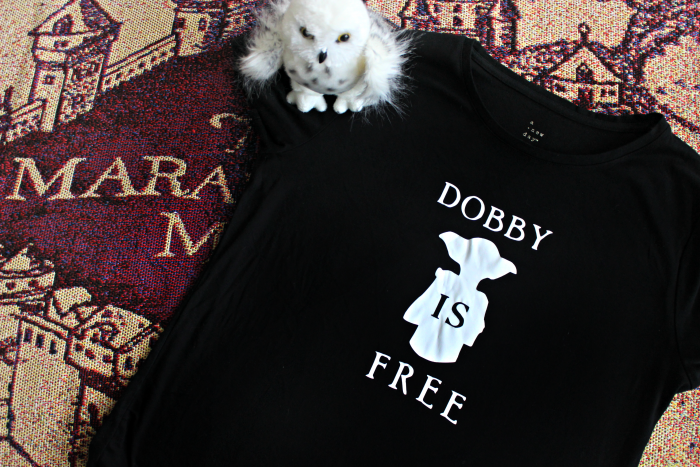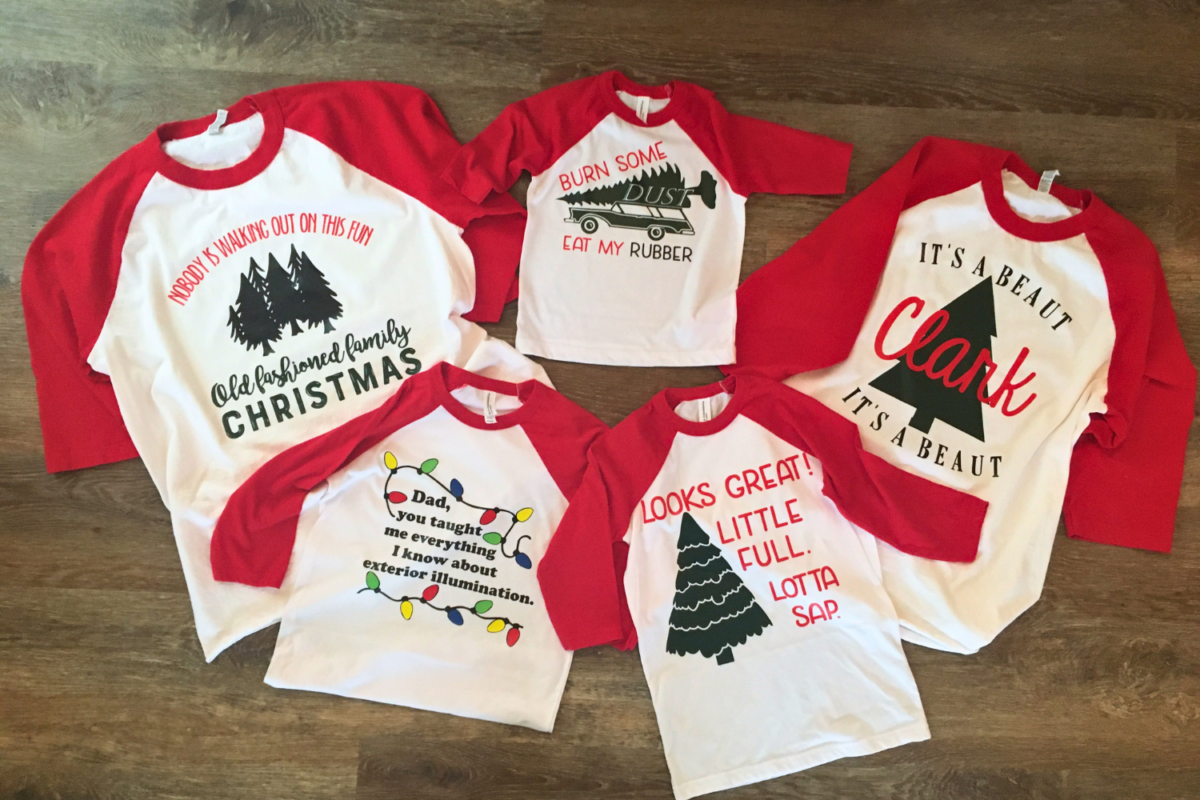Have you tumbled down the rabbit hole of making T-shirts? It is dangerously addictive. It starts with one cute design for a family trip, then suddenly, you’re cranking out custom shirts for every holiday, birthday, and random Tuesday. TRUST ME. I’ve been making shirts for my family for years—Disney trips, Christmas PJs, last-minute school spirit tees for my kids (I’ve got video proof of that one, for use in future extortion – er – gentle reminders of my loving crafty-parenting days).
If you’re reading this, you’re probably already deep into the T-shirt design world or thinking about getting into it. Whether you’re making shirts for personal use, side hustling, or running a full-fledged T-shirt business, there are a few common mistakes that can wreck an otherwise great design.
Good news? These mistakes are totally avoidable. So let’s break them down, one by one.
(Don’t miss the FREE resource at the bottom if you’re interested in starting your own creative biz!)
1. Choosing the Wrong Fabric
Listen, I don’t care how cool your design is—if the shirt is itchy, stiff, or suffocating, no one’s wearing it. If you want people to actually love wearing your shirts, you need to choose the right fabric for the occasion.
- Everyday wear: Stick with a soft cotton blend (ringspun cotton is extra comfy).
- Workout gear: Go for moisture-wicking fabrics (polyester blends work great).
- Family beach trip? Consider UV-protective fabric for extra sun safety.
I’ve learned this the hard way—especially when making last-minute matching shirts for a summer event, only to realize I picked the heaviest cotton possible. Nothing says “I love my family” like sweating through your group T-shirts before noon.
Pro Tip: If you’re selling shirts, always order samples first. The last thing you want is a batch of shirts that feel like cardboard.
See how I layered vinyl on store-bought shirts to make custom swim shirts when my boys were itty bitty!? Ugh, the cuteness in this photo! (They’re a bit bigger and mouthier now, lol)

2. Overcomplicating the Design
Sometimes, we get so caught up in making something look “cool” that we forget about wearability.
If your T-shirt design has:
🚩 Too many colors
🚩 A ton of tiny details
🚩 An entire paragraph of text
…it might be doing too much.

The best designs guide the eye and keep things simple and intentional. A clean, well-placed design is way more appealing than a chaotic jumble of graphics.
Think about the shirts people actually wear on repeat—most are simple, bold, and clear. If your design takes longer to read than a CVS receipt, it’s time to pare it down.
3. Forgetting About Printing Costs
Ah, printing costs—the silent killer of T-shirt businesses everywhere.
When I first considered making shirts for profit, I thought, “Let’s do all the colors and add shading and gradients and—oh, wait… why is this costing me $15 to print per shirt?”
Not all printing methods are equal, and your design can seriously impact your costs.
Printing Methods & Cost Considerations:
- Screen Printing – Best for bulk orders but expensive if you have lots of colors.
- DTF (Direct-to-Film) – Great for vibrant, detailed designs without breaking the bank.
- HTV (Heat Transfer Vinyl) – Perfect for small, custom orders, but layering multiple colors takes time.
- Sublimation – Amazing for polyester fabrics, but won’t work on cotton.
If you’re selling shirts, always factor in printing costs before finalizing a design. The last thing you want is to price your shirts too low and end up making negative money.
Pro tip: If you don’t want to compromise on your artistic vision, DTF printing can be a more cost-effective option for smaller businesses looking to cut costs.
Another of my shirts, this one made for my mom during J’s Harry Potter birthday celebration. . .

4. Ignoring How the Shirt Will Be Worn (Layering Matters!)
Ever bought a graphic T-shirt, only to realize later that half the design disappears under your jacket? Yeah, me too.
T-shirts aren’t just standalone pieces—they’re part of outfits. Your design should still look great whether it’s worn alone or layered.
- Keep important details centered (avoid designs too close to the edges).
- Test how it looks under a hoodie or jacket—will the main part still be visible?
- Avoid super large, awkwardly placed graphics that get cut off when layered.
This is especially important if you’re making shirts for events, teams, or family trips. If the whole design gets covered by a jacket, what’s the point?
Here are three of my MUST HAVES when I’m making shirts – and this is the exact press you’ll see me using on my Instagram video!
5. Not Considering Your Target Audience
Designing a T-shirt without considering your audience is like throwing a party without knowing who’s coming.
Are you making shirts for:
- Trendy teens who want bold, minimalist graphics?
- Parents who love funny parenting-related designs?
- Hardcore fandoms that want niche references only insiders get?
Knowing who you’re designing for helps you pick the right fonts, colors, and overall aesthetic. A sarcastic meme shirt for Gen Z probably won’t hit the same with a group of business professionals.
And if you’re making shirts for your family (like I have for countless Disney trips and holiday gatherings), consider what everyone will feel comfortable wearing. Not everyone loves loud, oversized graphics—sometimes, a subtle, well-placed design is best.
You may also need to consider the general theme of a group setting, if they won’t be exactly matchy-matchy. For example, I made shirts one Christmas for my cousin and her family, with the them of Christmas Vacation quotes:

I made sure I used the same dark green vinyl, same red vinyl, and – when possible, because I did purchase some of the graphics premade – the same font. This helps ties them all together for a cohesive family look!

Final Thoughts: Make Shirts That People Actually Want to Wear
Ultimately, it doesn’t matter if you’re making T-shirts for fun, family, or business – avoiding these mistakes will save you time, money, and frustration.
Remember:
- Choose the right fabric (My go-to for basics is always a poly blend, stretch fabric).
- Keep your design simple and intentional.
- Think about printing costs before finalizing your design.
- Consider how the shirt will be worn (especially with layering).
- Design with your audience in mind—not just what you like.
Are you considering starting your own creative business? (Doesn’t have to be t-shirts! 😜) Check out my FREE Kit below! ⬇️



